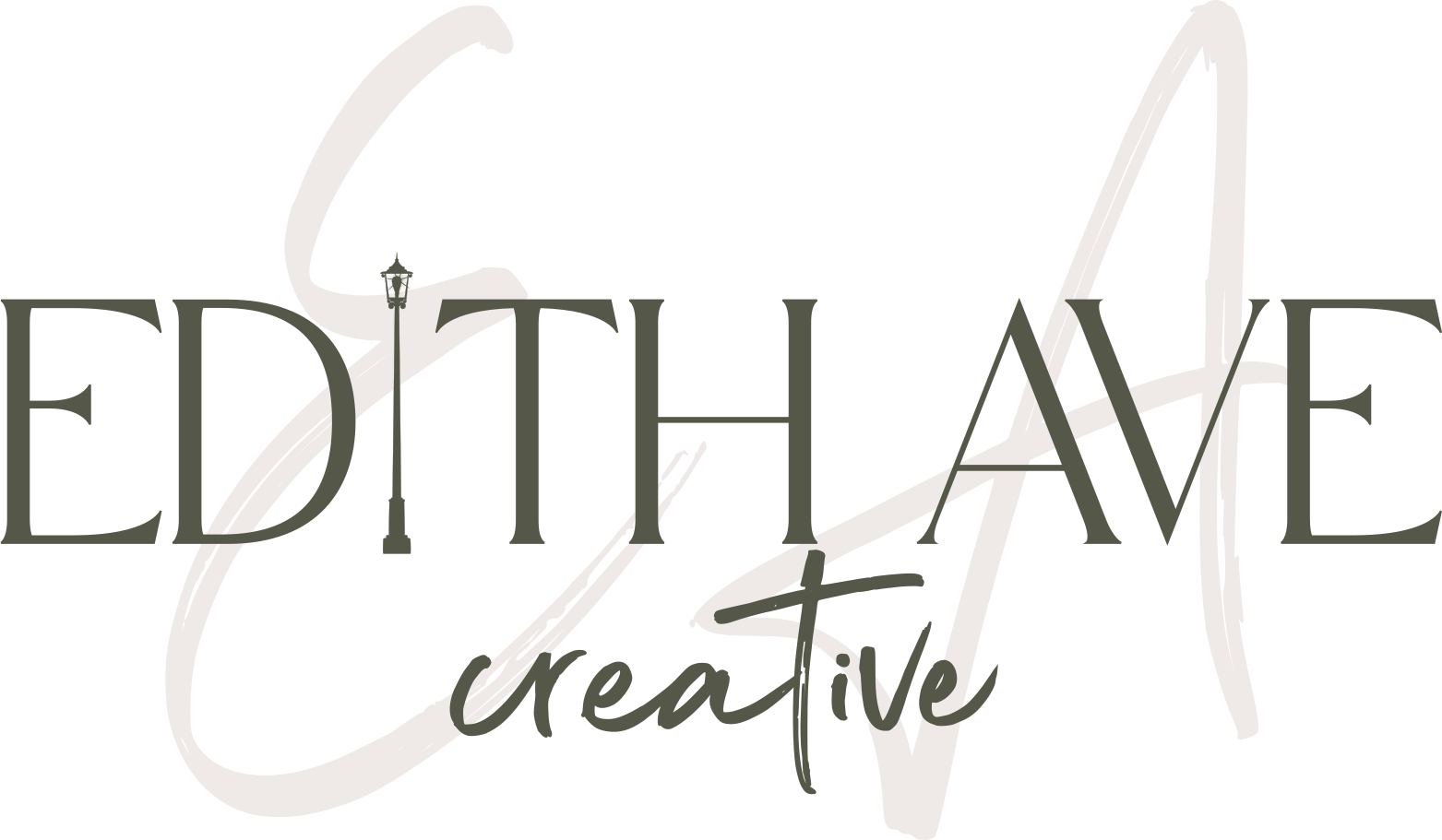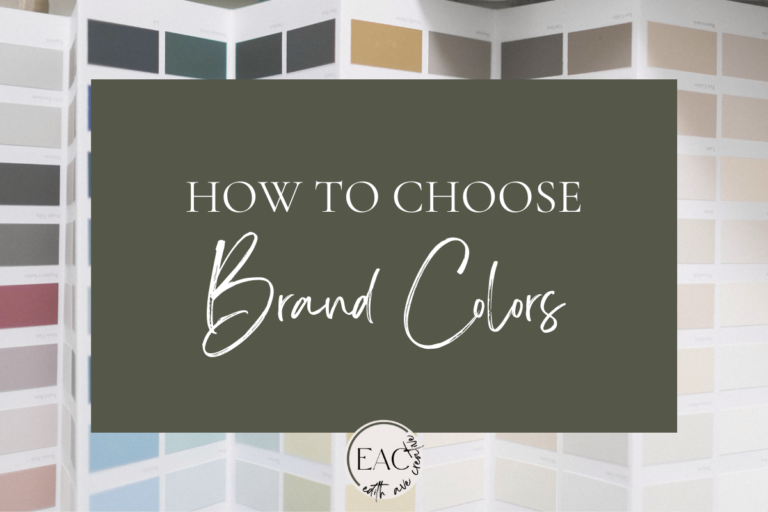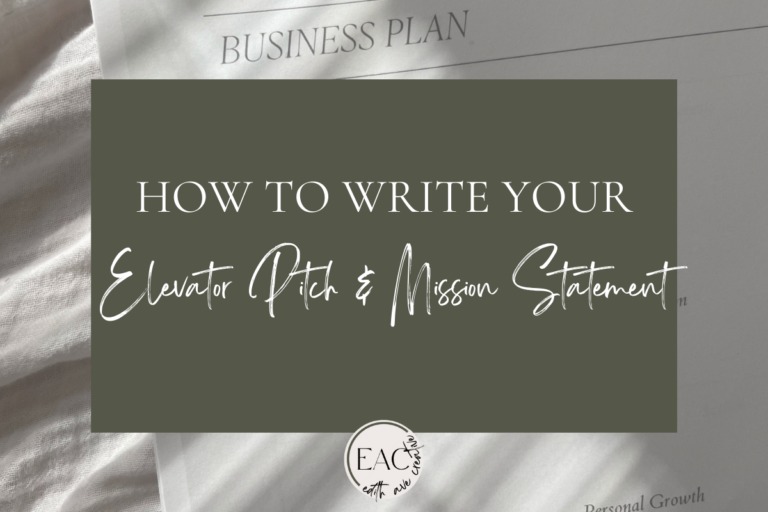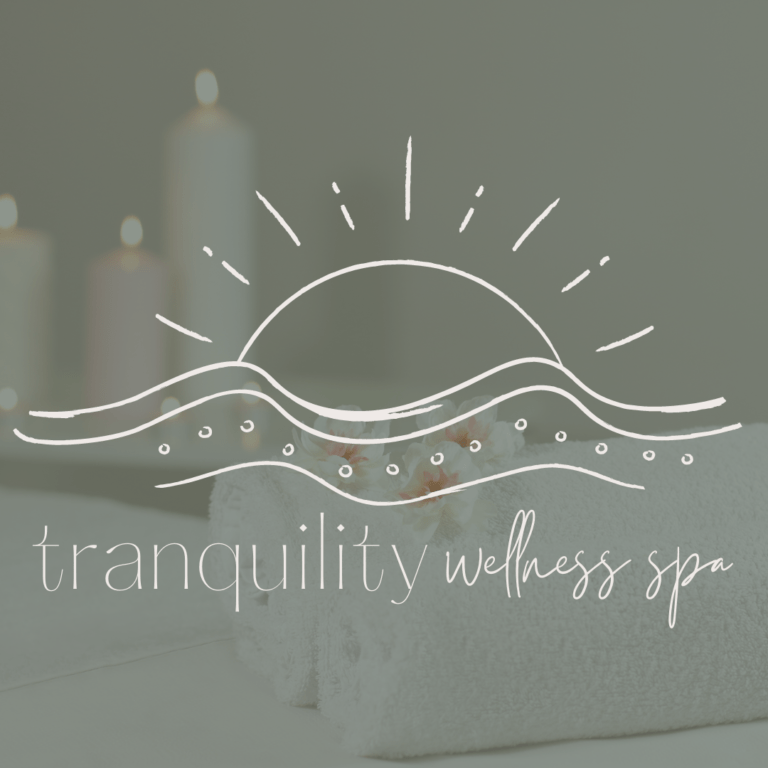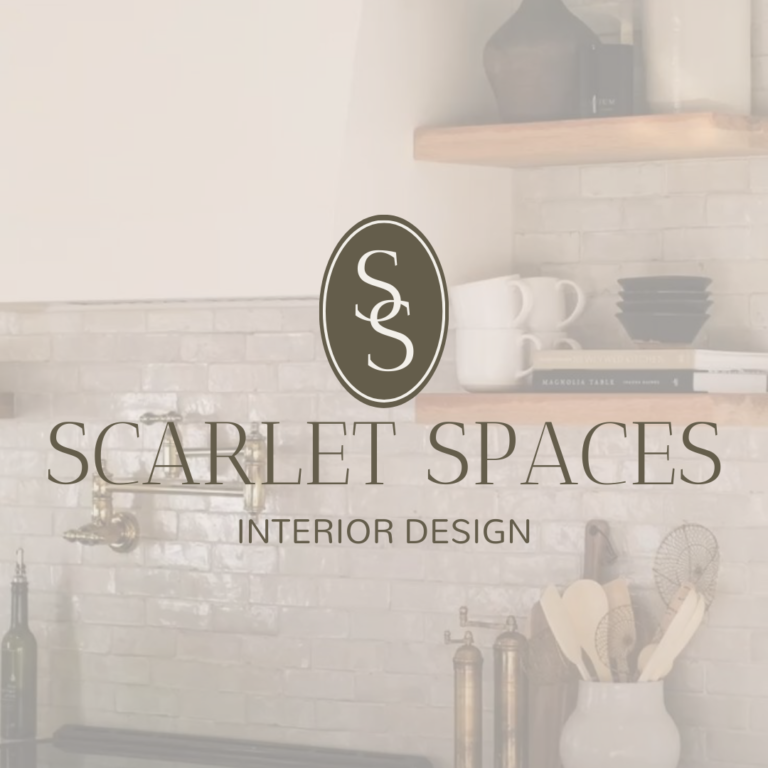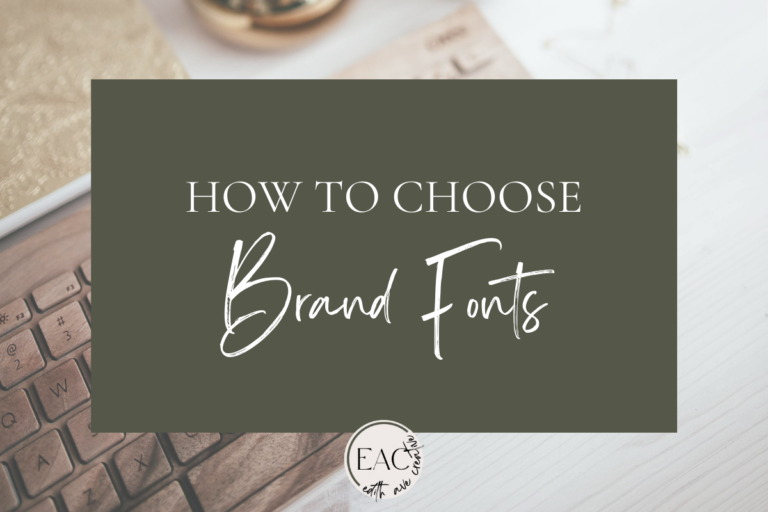Are you building a brand identity and stuck in the sea of all your font options? Previously, I’ve talked about how to choose your fonts, but now I want to dig a little deeper and show specific font types and examples. Fonts can have a big impact on your brand’s identity. So, let’s chat about the three major font types: serif, sans serif, and script. We’ll break down the differences and help you figure out when to use each of them to make your creative business shine.
The Serif Sensation: Classic and Trustworthy
Picture those elegant fonts with those little feet (serifs) at the ends of letters. Think Times New Roman or Georgia. They exude tradition, trustworthiness, and professionalism.
1. Timeless Elegance
Serif fonts have been around for centuries and for a good reason. They exude timeless elegance and sophistication. If your brand aims to portray tradition, heritage, or reliability, serif fonts can help convey that sense of enduring trustworthiness.
2. Print Perfection
While sans serifs are digital darlings, serifs shine in print. Their decorative strokes and varying line thicknesses make them exceptionally beautiful in high-resolution print materials like business cards, brochures, and magazines.
3. Storytelling Charm
Serif fonts have a storytelling charm to them. They harken back to the days of classic literature and formal documents, making them a great choice for brands that want to evoke a sense of history or narrate a compelling story.
4. Luxury and High-End
If your brand targets a luxury or high-end market, serif fonts can be your secret weapon. They convey a sense of sophistication and exclusivity that aligns perfectly with premium products or services.
Bottom Line: When to use serif fonts:
- Formal Documents: For business proposals, contracts, or academic papers, serif fonts are your go-to. They’re easy on the eyes and lend an air of credibility.
- Traditional Brands: If your creative business has a classic, timeless vibe, like a high-end fashion brand or a law firm, serif fonts can communicate that sophistication.
The Sans Serif Squad: Modern and Minimal
Sans serif fonts, as the name suggests, lack those little feet. Arial, Helvetica, and Calibri are some familiar examples. They’re clean, straightforward, and easy to read.
1. Contemporary Vibes
Sans serif fonts are the go-to choice when you want to give your brand a modern and minimalistic look. They lack the decorative strokes at the ends of characters (called serifs), which creates a clean and straightforward appearance. If your brand exudes innovation and cutting-edge ideas, sans serifs are your best friends.
2. Digital Domination
In the digital realm, sans serif fonts are superheroes. Their crisp, clean lines make them highly readable on screens of all sizes. So, if your primary touchpoints are your website, social media, or digital advertising, sans serif fonts should top your list.
3. Bold and Friendly
Sans serifs are known for their boldness and friendliness. They can convey a sense of approachability and confidence, making them an excellent choice for brands aiming to create a warm and welcoming atmosphere.
4. Informative and Direct
If your content is heavy on information or instructions, sans serif fonts are your allies. They’re great at keeping text concise and easy to follow, making them ideal for infographics, instructional materials, and technical documents.
Bottom Line: When to use sans serif fonts:
- Digital Content: Sans serif fonts are your best friend on websites, social media, and emails. They look crisp and professional on screens.
- Contemporary Brands: If your creative business is all about innovation and a fresh approach, like a tech startup or a modern art gallery, sans serif fonts can reflect that.
The Elegance of Script: Personal and Artistic
Script fonts mimic cursive handwriting, and they add a personal touch to your brand. Fonts like Pacifico and Great Vibes are lovely examples.
1. Artistic Expression
Script fonts are inherently artistic and expressive. They mimic handwritten calligraphy, which adds a personal touch to your brand. Use them when your brand emphasizes individuality, creativity, or personal connection.
2. Luxury and Romance
Script fonts often evoke feelings of luxury, romance, and sophistication. They’re perfect for brands in the wedding and event industry, luxury fashion, high-end beauty products, or any business that wants to convey opulence and elegance.
3. Storytelling and Tradition
Script fonts have a storytelling charm to them. They can take your audience on a journey back in time or make them feel connected to traditions and heritage. Use script fonts for brands with a rich history or a compelling narrative.
4. Signature Style
Entrepreneurs and personal brands can benefit from using script fonts to create a signature style. Whether it’s your name, logo, or personal branding materials, script fonts add a personal and memorable touch to your online presence.
Bottom Line: When to use script fonts:
- Artistic Expressions: If your creative business is in the arts, crafts, or wedding planning, script fonts can give a warm, personal feel.
- Logo or Brand Name: Incorporate script fonts sparingly in your logo or brand name to make it memorable and unique.
Choosing between sans serif and script fonts comes down to your brand’s personality, style, and message. Serif fonts bring tradition, elegance, and timeless charm; they especially shine in print. Sans serifs are the champions of clarity and modernity, perfect for digital dominance. Script fonts, on the other hand, add elegance, personalization, and artistic expression to your brand. When used wisely and in harmony, they can create a compelling visual identity that resonates with your audience. Remember, it’s not about one being better than the other; it’s about using the right tool for the right job in your design toolkit.
Struggling to pick fonts for your brand out of the sea of options? Here are some of my favorite fonts from each of the font types that are available both on Canva (free version!) and Google fonts — so you know they’re going to be available whenever you need them! I’ve also put together 30 powerful pairings to get you started.

